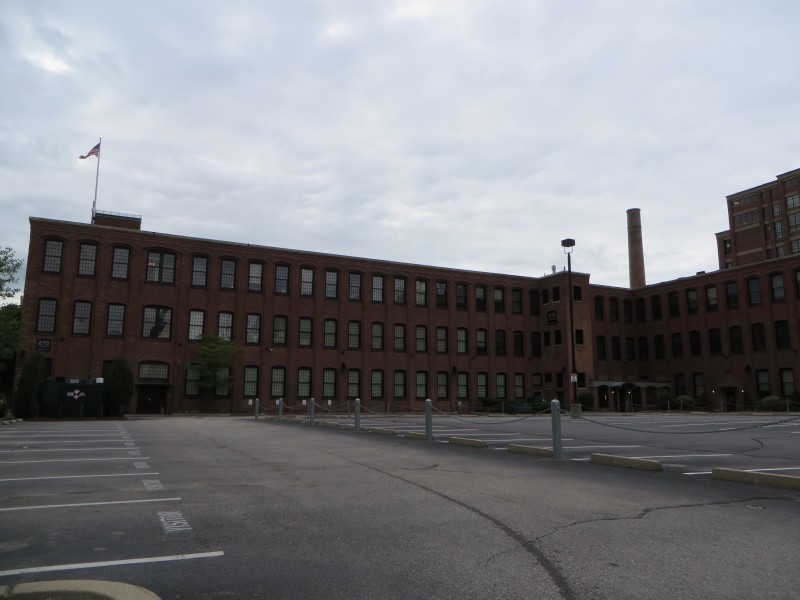Smith Hill is a neighborhood in Providence, northwest of Downcity (Downtown). The neighborhood is generally bordered by Douglas Avenue and Fillmore Street to the north, I-95 to the east, the Woonasquatucket River to the south, and the Pleasant Valley Parkway and Oakland Avenue to the west. Smith Hill has sometimes contained the Rhode Island State House, leading to state politics being referred to as "Smith Hill", but the construction of I-95 has cut the Capitol complex off from the rest of the neighborhood.
Smith Hill is named for John Smith, who set up a grist mill in the area in 1636. After being largely rural for two centuries, industrialization beginning in the mid-1800s led to development of the neighborhood, with factories and workers' housing being constructed. Industrialization of the neighborhood led to immigrants from around eastern Europe. Large numbers came from Armenia, the Balkans, and the Baltic states. Some of these eastern Europeans were Jews. Smaller numbers of western Europeans, such as Irish, also came to the neighborhood.
Today, while some of the eastern European flavor of the neighborhood is disappearing, other communities are coming in. Hispanics have grown into a sizeable portion of the neighborhood, and now Smith Hill is relatively balanced with White, Black, Hispanic, and Asian populations.
The Rhode Island State House, on Smith Street.
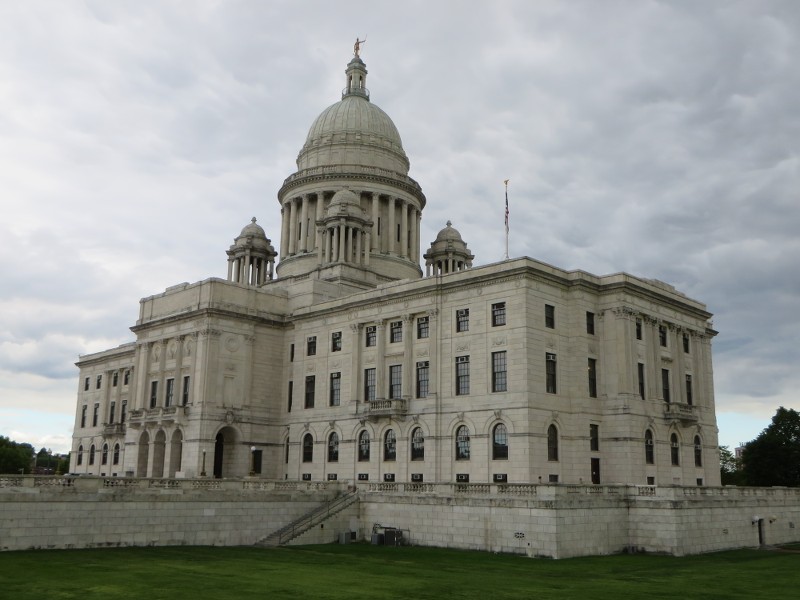
The capitol building was built between 1891 and 1901.

The dome, which is the fourth largest marble dome in the world, is topped by "The Independent Man", representing freedom and independence, from 1899.

A statue of Comm. Oliver Perry, in front of the State House. The statue was dedicated in 1932.
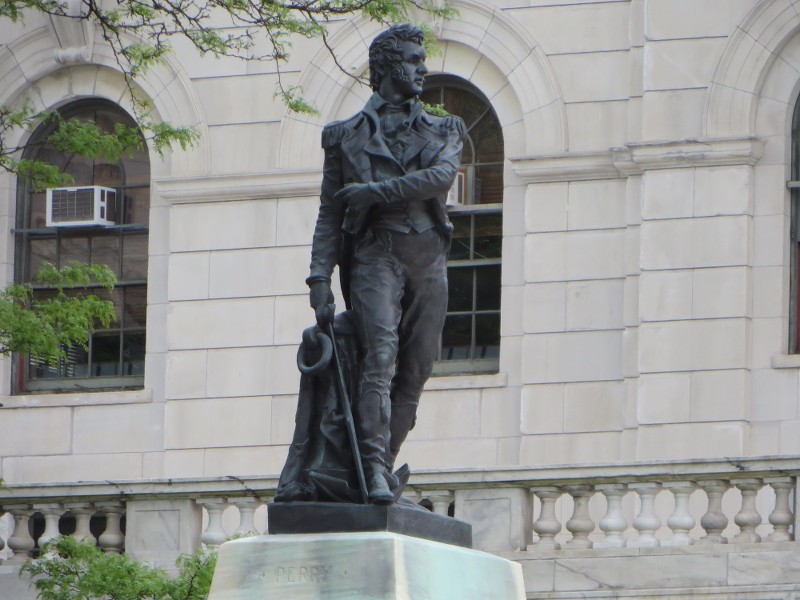
A statue of Maj. Gen. Nathanael Greene, in front of the State House. The statue was dedicated in 1931.

Looking down the state house lawn and Francis Street, towards Memorial Boulevard and Downcity Providence.

From the state house steps, part of the Downcity skyline can be seen.

The Rhode Island Credit Union, on Francis Street. The bank was built in 2005.
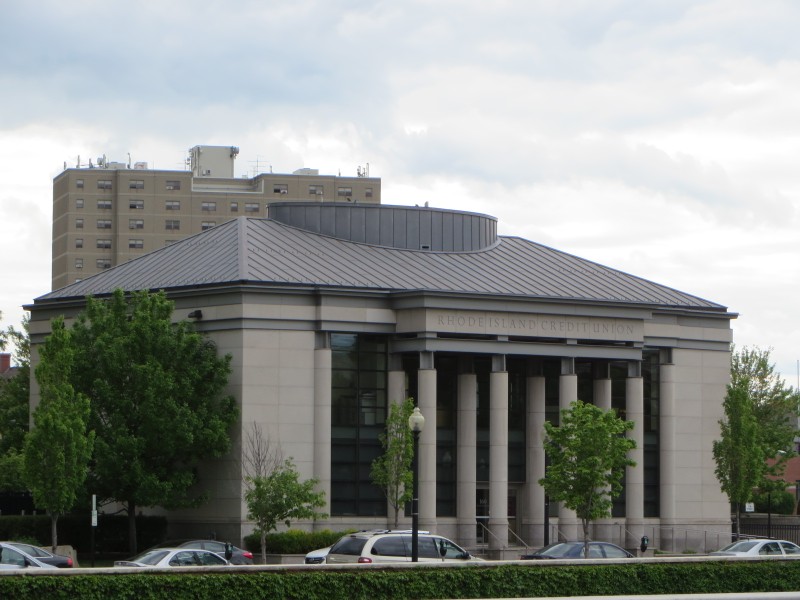
The Department of Transportation building, on Smith Street.
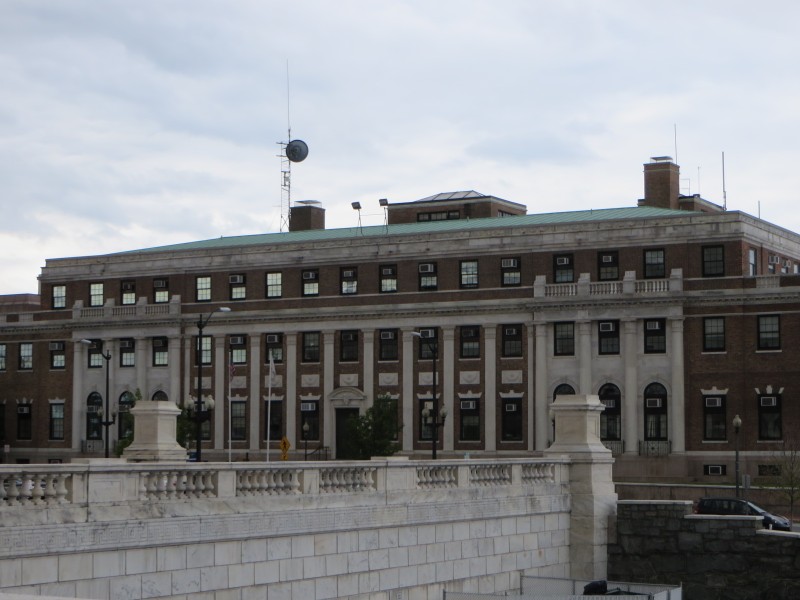
The Christopher Dodge House, on Holden Street. The house was built in 1858.
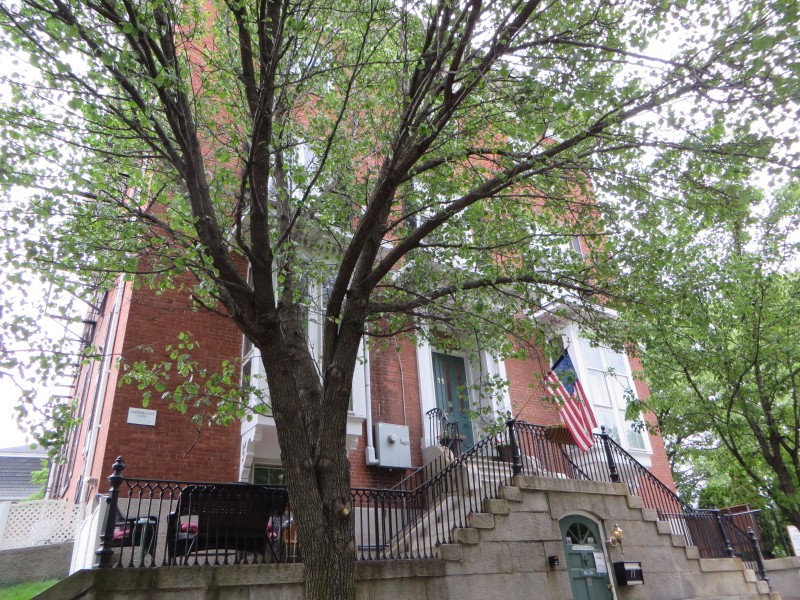
The old Smith Street Primary School, on Smith Street. The school was built in 1885.
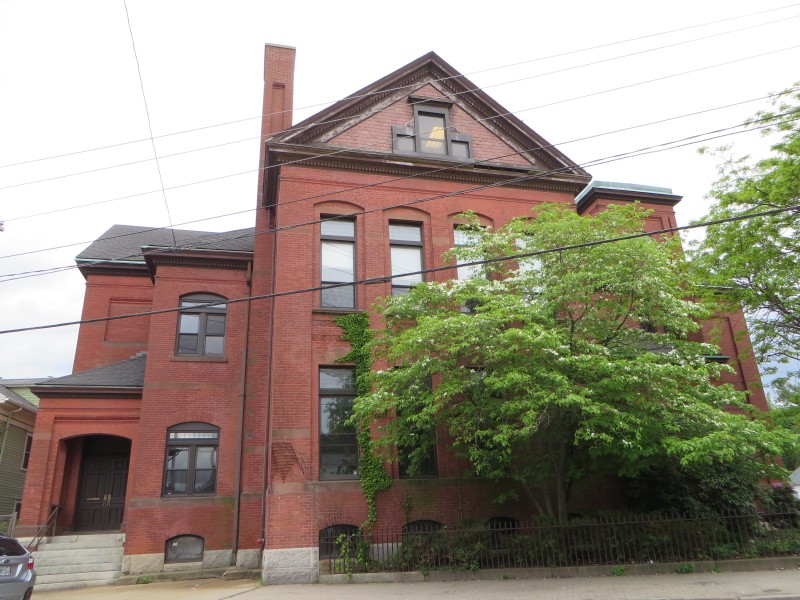
Worker's housing, on Bath Street. The houses were built in 1882.

More worker's housing on Bath Street, built in 1882.

A house on Smith Street, built in 1857.

St. Casimir Lithuanian Roman Catholic Church, on Smith Street. The church was built in 1935, and is now an Adventist church.

Houses on Chalkstone Avenue.

A house on Candace Street.

Looking up Mansfield Street at Pekin Street.
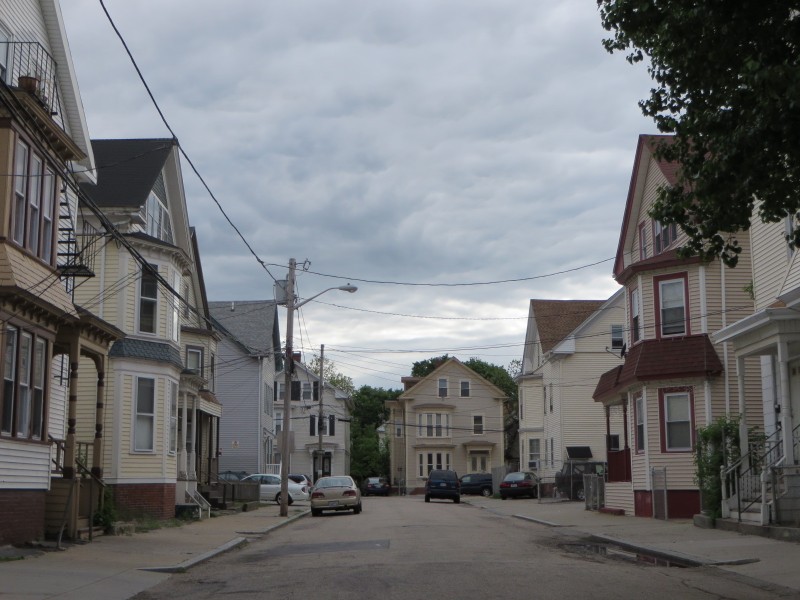
Armenian Heritage Park, at Chalkstone & Douglas Avenues. The park was dedicated in 1995.

The old Douglas Avenue Fire Station, on Douglas Avenue. The firehouse was built in 1902, and is now a restaurant.

Houses on Washburn Street.

Saints Sahag & Mesrob Armenian Church, on Jefferson Street. The church was built in 1868.
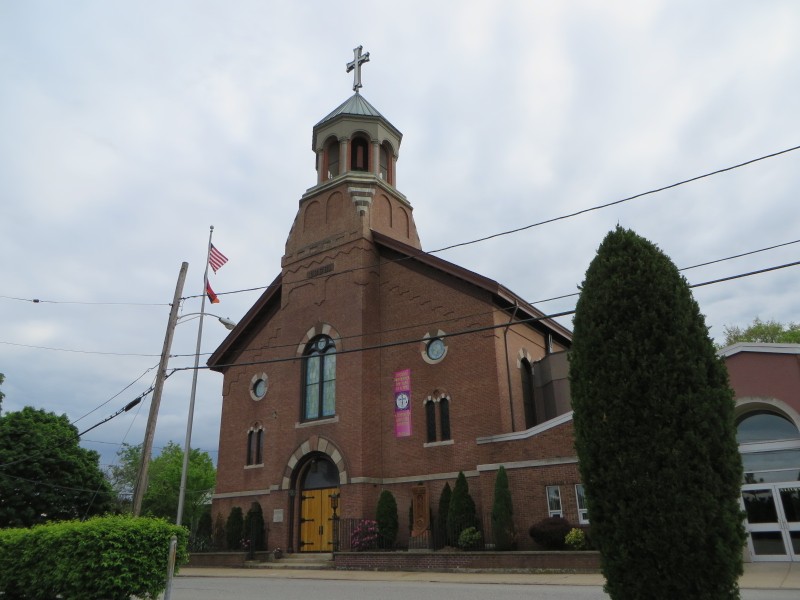
Congregation Sons of Jacob Synagogue, on Douglas Avenue. The synagogue was built in 1906, and is one of the last remnant's of Smith Hill's Jewish community.
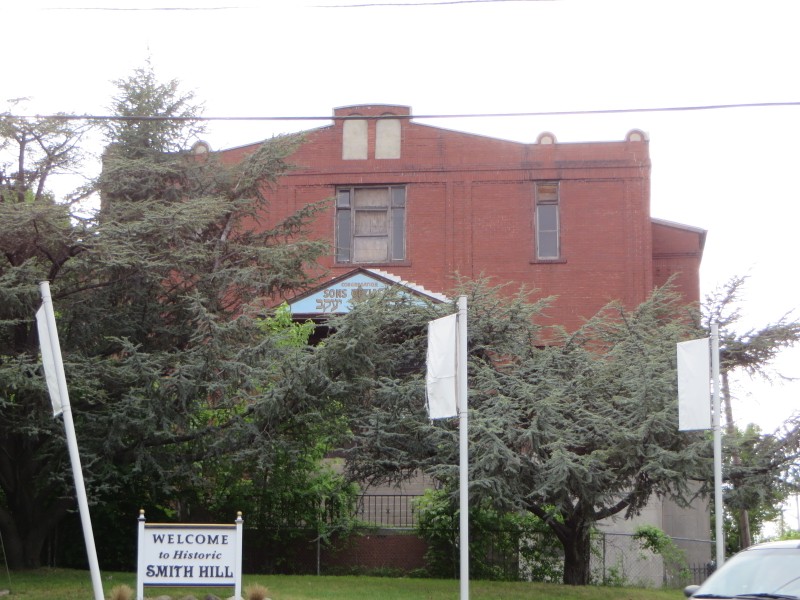
Buildings on Douglas Avenue.

Houses on Pekin Street.

Houses on Pekin Street.

The Hennessey-McHale Block, on Douglas Avenue. The structure was built in 1873.
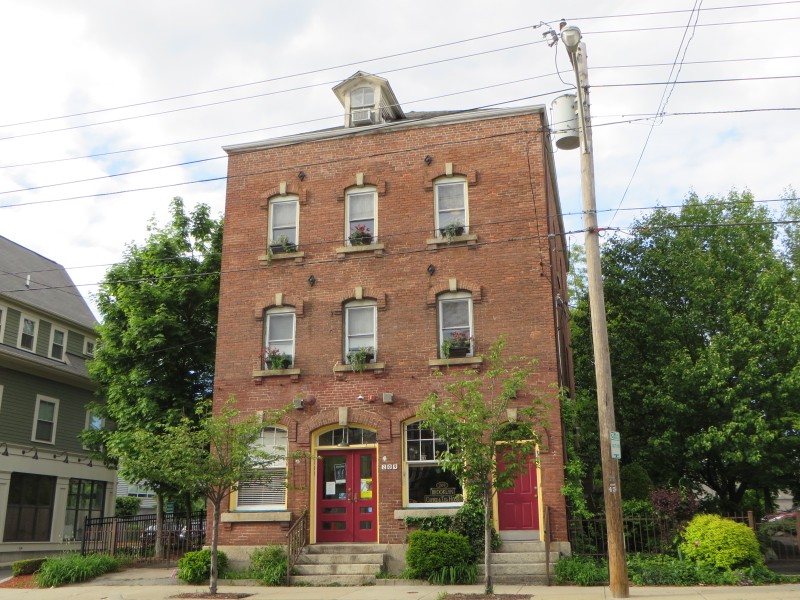
Houses on Smith Street, at Holden Street.
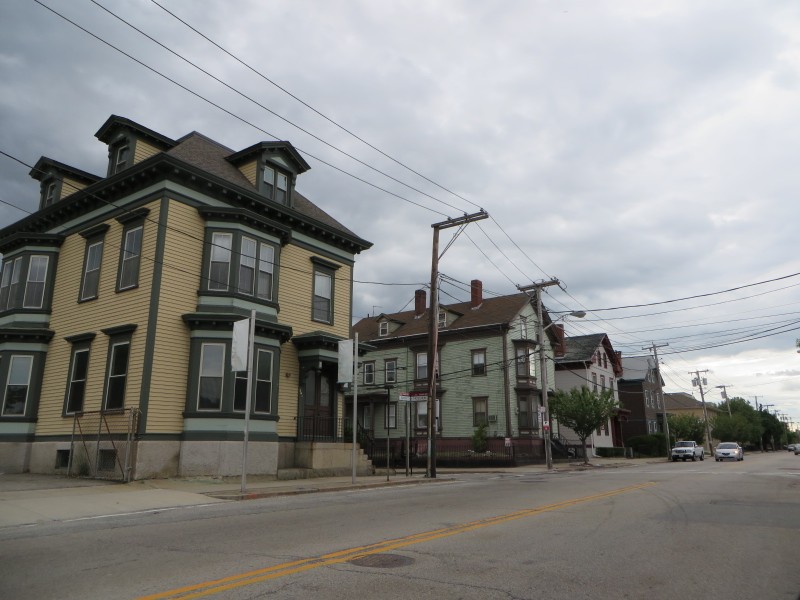
Houses on Calverly Street.

Houses on Orms Street.
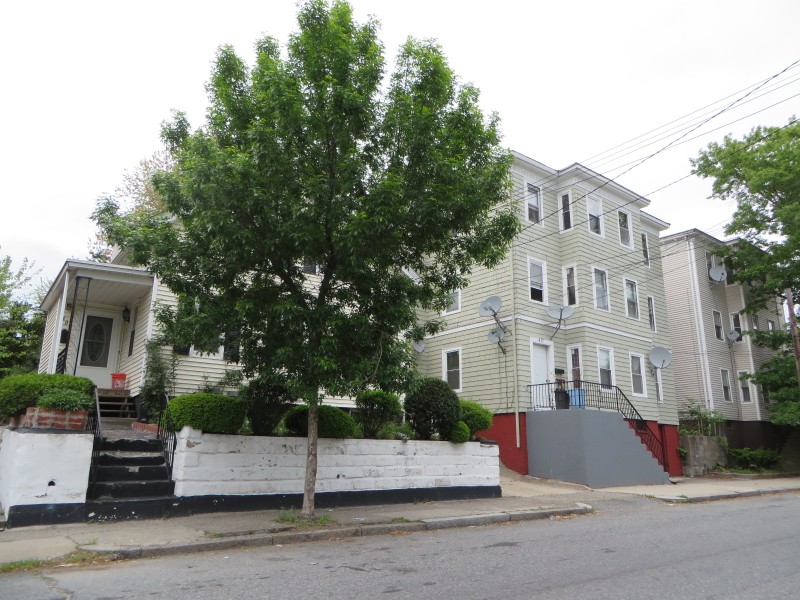
The Foundry mixed-use complex, along Edith Street.

The complex was originally the Brown & Sharpe Manufacturing Company complex, where Brown & Sharpe produced machine tools.

The oldest structure of the complex, at Holden & Promendade Streets, was built in 1872.

Brown & Sharpe left the complex in 1964, and renovation of the structures for other uses began as early as 1988.
